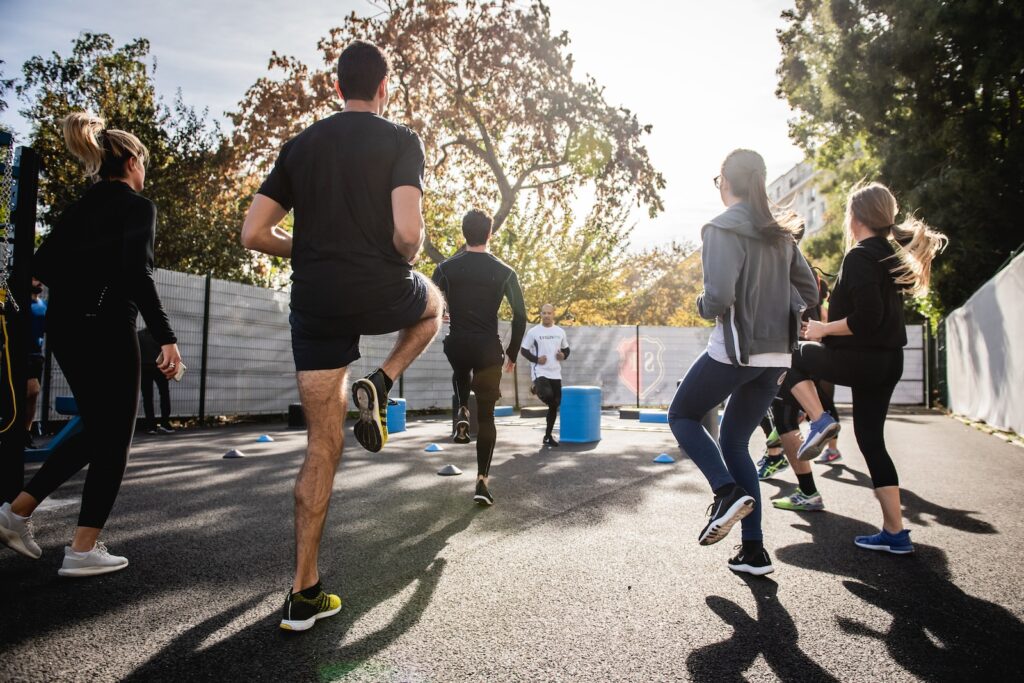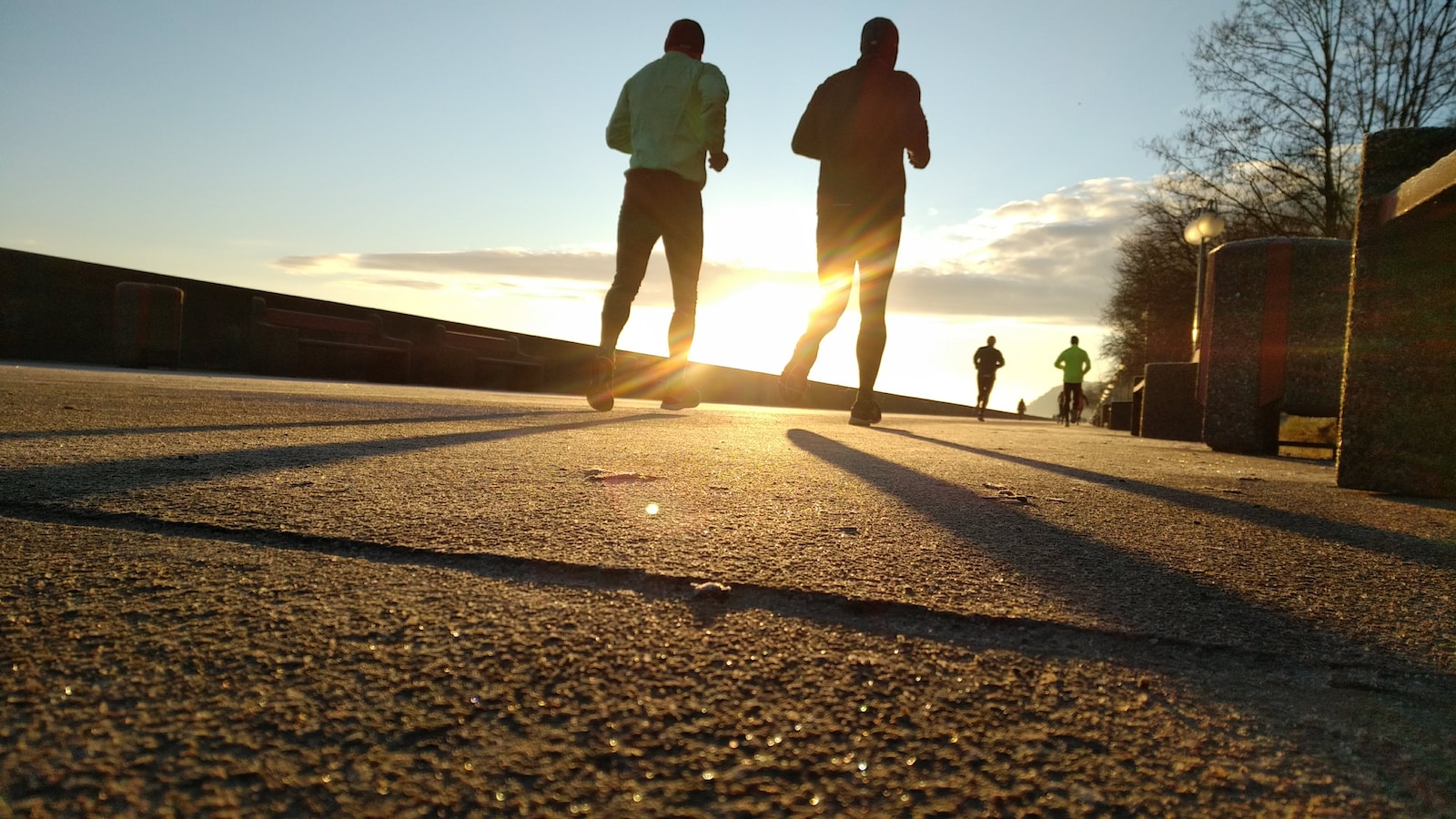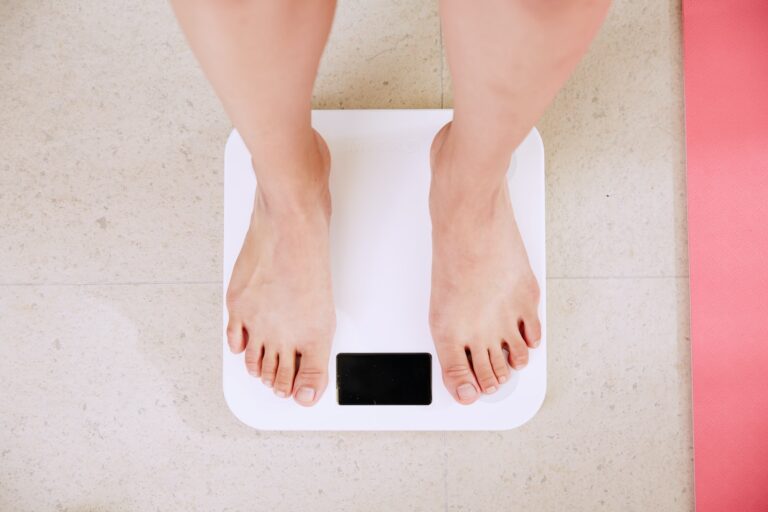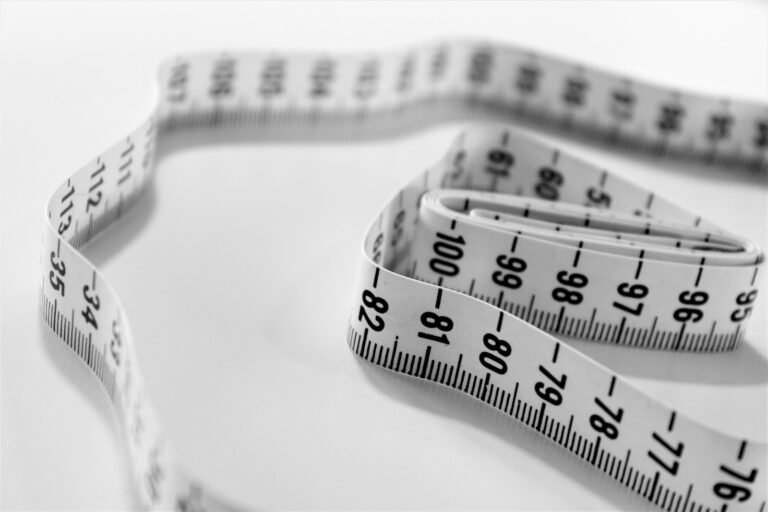How to loose weight by running in the morning?
Are you tired of staring at your reflection in the mirror and feeling dissatisfied with what you see? Have you tried numerous diets, workout plans, and weight loss fads but nothing seems to stick? Well, it’s time to lace up your running shoes because we have an effective solution for you!
Running in the morning can be a game-changer when it comes to shedding those extra pounds. Not only will it help improve your physical health, but it also has incredible mental benefits that come along with it. So let’s dive into how exactly running every morning can help achieve your weight loss goals.
Advantages of Running in the Morning

Assuming you are already a morning person, there are several advantages to running in the morning. First, the weather is usually cooler in the morning, making for more comfortable running conditions. Second, there is less traffic on the roads and trails early in the day, so you can avoid dealing with cars and congestion.
Third, getting your run out of the way first thing in the morning means you won’t have to think about it or fit it into your schedule later in the day. And finally, research has shown that exercising in the morning can help improve your sleep at night.
Best Time to Run in the Morning
Assuming you are looking to run in the morning to lose weight, there are a few things to consider. Namely, what is the best time of day to run for weight loss? And how do you structure a morning running routine for weight loss?
First, let’s look at the best time of day to run for weight loss. Most experts recommend running first thing in the morning before eating breakfast. This is because your body will be more likely to use fat as fuel since you haven’t eaten recently.
However, it’s important to note that everyone is different and you should experiment with different times of day to see what works best for you. Some people find that they have more energy later in the day and prefer to run then. Others find that running first thing in the morning helps them stick to their routine.
The most important thing is to find a time of day that works for you and stick with it. Once you find a time that works, you can start thinking about how to structure your morning running routine for weight loss.
There are a few different ways to approach this. One way is to start by running slowly for 3-5 minutes and then gradually increase your speed over the course of your run. Another way is to alternate between periods of high intensity and low intensity throughout your run.
The important thing is that you keep pushing yourself and challenging yourself while still being safe and listening to your body. This will ensure that your workouts are effective, and you’ll be able to lose weight faster.
Tips for Getting Started with Running
There are a few things you should keep in mind when starting to run in the morning:
- Make sure you warm up properly before starting your run. A good way to warm up is to walk for 5-10 minutes before you start running.
- Start off slowly and gradually increase your speed as you go. If you start running too fast, you will tire yourself out quickly and won’t be able to sustain it for long.
- Pay attention to your breathing and try to breathe rhythmically as you run. This will help you maintain a good pace and prevent you from getting out of breath too quickly.
- Don’t forget to cool down after your run by walking for a few minutes or stretching. This will help your muscles recover and prevent them from getting sore later on.
Benefits of Running at Daybreak
There are many benefits of running at daybreak. The fresh air energizes you and helps you to think more clearly. The cool temperature is also easy on your joints and muscles, making it a great time to get in a good workout. Additionally, running in the morning can help you to lose weight by boosting your metabolism and burning calories.
Running at daybreak is a great time to connect with nature and appreciate the beauty of your surroundings. It can also be a peaceful way to start your day and reflect on what matters most in life. Depending on where you live, you might even catch glimpses of wildlife while out on your run! Finally, running early in the morning helps you set goals and start off your day with a sense of accomplishment.
What to Wear When You Run
When it comes to running, there are a few key things to keep in mind in order to have the most effective workout. First and foremost is what you wear. Many people believe that any old pair of shoes and clothes will do, but that’s not the case. In order to get the most out of your run, and avoid any injuries, it’s important to invest in the proper gear.
For shoes, you’ll want to find a pair that offers support and cushioning. This is especially important if you have any issues with your feet or ankles. Additionally, make sure your shoes are laced properly and fit snugly – you don’t want them to be too loose as this can cause blisters.
As far as clothing goes, you’ll want items that are comfortable and won’t restrict your movement. Look for breathable fabrics that will wick away sweat as you run. And make sure everything fits well – too tight and you’ll be uncomfortable, too loose and your clothes will end up getting caught on things or rubbing against your skin uncomfortably.
In general, it’s also a good idea to dress in layers so you can adjust as needed based on the temperature and your own internal temperature regulation. And lastly, don’t forget accessories like sunglasses or hats if you need them to shield your eyes from the sun or keep your head warm.
How Many Miles Should You Run?
Assuming you are already in good shape and just looking to lose a few pounds, running 3 miles a day should do the trick. If you are starting from zero, then 1-2 miles a day is a good place to start. Remember that it’s not about how fast you run, but rather how consistent you are with your running that will help you see results.
Sample Workouts and Training Plans
If you’re trying to lose weight, running in the morning is a great way to start your day. Not only will you get your heart rate up and burn calories, but you’ll also be more likely to stick with your running routine if you do it first thing in the morning.
To help you get started, we’ve put together some sample workouts and training plans. Whether you’re just getting started with running or you’re trying to improve your times, these workouts will help you reach your goals.
If you’re new to running, start with a basic walk/run program. Alternate walking and running for 30 minutes, three times per week. As you build up your endurance, increase the amount of time you spend running and decrease the amount of time you spend walking.
Once you’ve been running for a few weeks, try one of our beginner-level running workouts:
- Aerobic Capacity Workout: Run at a comfortable pace for 20 minutes, then sprint for 1 minute. Repeat this 8-10 times.
- Interval Workout: Run at a medium pace for 2 minutes, then sprint for 1 minute. Repeat this 5-8 times.
- Speed Workout: Run at your fastest pace for 1 minute, then jog or walk for 1 minute to recover. Repeat this 8-10 times.
Nutrition Tips for Weight Loss
To help you shed pounds while running, consider these nutrition tips.
- Go for quality over quantity. When it comes to calories, it’s important to focus on the quality of the foods you eat rather than the quantity. Choose nutrient-rich whole foods like fruits, vegetables, lean protein and healthy fats instead of processed foods that are high in calories but low in nutrients.
- Make sure you’re eating enough. It may sound counterintuitive, but if you’re trying to lose weight, you need to make sure you’re eating enough food to fuel your workouts. Skipping meals or drastically reducing your calorie intake can lead to fatigue and low energy levels, which will make it difficult to stick with your running routine.
- Time your meals around your workouts. To maximize the benefits of your run, time your meals around your workout so that you’re fueling up with energy-rich foods beforehand and replenishing with recovery snacks afterwards. Eating a small snack or meal an hour or two before you head out for a run will give you sustained energy without making you feel weighed down. And after your run, be sure to eat a recovery meal within 30 minutes to help repair muscles and replenish glycogen stores.
- Hydrate before, during and after running. Staying properly hydrated is essential for both optimal performance and weight loss. Be sure to drink plenty of fluids in the hours leading up to a run, and then sip on 8-10 ounces of water or a sports drink every 15-20 minutes while you’re running. And be sure to hydrate afterwards as well, drinking at least 16-20 ounces after a run.
- Make time for healthy snacks. Don’t fall victim to the temptation of vending machines and fast food restaurants by having healthy snacks on hand whenever you need an energy boost. Pack fresh fruit, nuts, or protein bars for easy grab and go snacks that will fuel your body but won’t derail your weight loss goals.
Conclusion
Running in the morning is a great way to lose weight and stay fit. It is easy to get started, but it does require dedication on your part. Begin by setting realistic goals and committing yourself to regular running sessions.
Make sure you have appropriate attire, stretch before each session, and listen to upbeat music during your workout for best results. The combination of diet control and regular physical activity will help you achieve successful weight loss over time – building up day-by-day until you’re able to reach your target weight!







One Comment